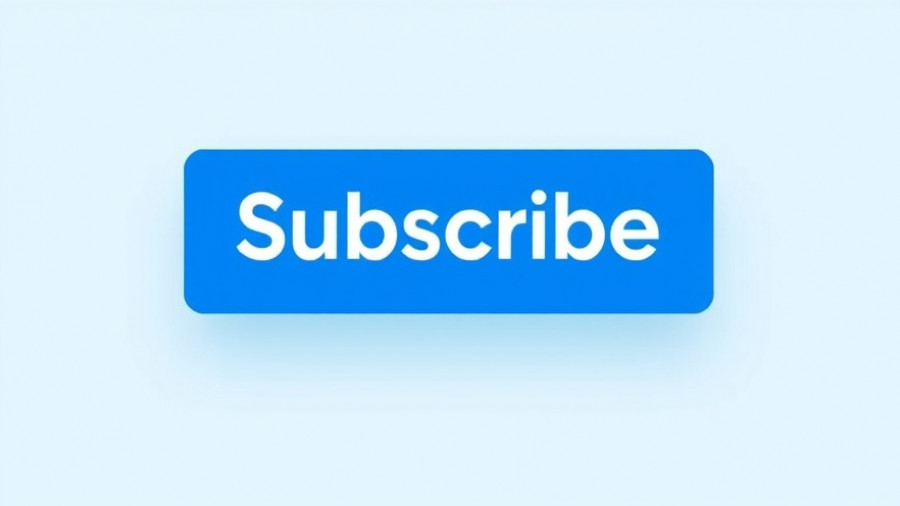
A Broken Foundation: Why Marketers Need to Get Back to Basics
As the marketing landscape continues to evolve, many marketers find themselves captivated by the latest trends and technologies like artificial intelligence (AI) and social media campaigns. Yet, as Katie Miserany, SurveyMonkey's Chief Communication Officer and SVP of Marketing insights out, the real challenge lies within the foundational strategies of marketing itself. Rather than constantly chasing the newest shiny object, organizations need a robust strategy built on solid marketing foundations.
Random Acts of Marketing: A Lesson in Lost Opportunities
Miserany's experience highlights a common pitfall in current marketing practices: the impulsive need to participate in every trending topic, which she aptly terms "random acts of marketing." This approach can become counterproductive, as merely having a voice in trending topics does not necessarily translate to meaningful audience engagement. For example, during the TikTok ban incident, SurveyMonkey’s team prepared a survey to gauge public sentiment, only to find that their findings were overshadowed by TikTok’s own research release. This situation serves as a vivid reminder that marketers must carefully consider their timing and relevance before launching campaigns.
Building a Strong Marketing Foundation: Insights into Effective Planning
Before diving into execution, Miserany emphasizes the necessity of spending time on strategy and groundwork. A solid marketing foundation encompasses not just branding and messaging, but also understanding the market and consumers' expectations. According to her, an effective marketing plan requires thorough preparation, strategic alignment, and the consistency of messaging with a compelling value proposition.
Much like the snowball effect described in another insightful article by Scotty Smith, building a marketing foundation comprises laying down the first layer of strategy that gradually gains momentum over time. Without that initial focus, efforts such as customer interaction and content generation can struggle to yield desired results.
Embracing Scaffolding for Cohesion and Consistency
A notable concept introduced by Miserany is scaffolding. This term refers to layering connected marketing efforts to create a cohesive strategy. Instead of pursuing isolated campaigns, marketers should aim for an integrated approach that builds on existing strengths.
For instance, in an emerging partnership with an F1 sponsorship, the importance of ensuring that all marketing campaigns align with the brand's core messaging becomes crucial. This is where the planning of campaigns plays a significant role to avoid fragmented execution and to leverage the synergy of multiple platforms.
Harnessing the Power of Technology in a Thoughtful Manner
As 2025 approaches, businesses are grappling with the need to implement marketing automation tools like Customer Relationship Management (CRM) systems effectively. Many businesses overlook the potential these solutions can offer, deferring optimizations that could ultimately enhance lead generation and sales funnels.
Ehlers highlights that using platforms like HubSpot thoughtfully allows businesses to track performance metrics while enhancing operational efficiency—they underscore the importance of aligning all team efforts under one comprehensive strategy.
Practical Insights for Tomorrows Marketing Success
Ultimately, understanding that marketing success does not happen in isolation is essential for today's marketers. To truly resonate with audiences and drive revenue growth, comprehensive strategies must adapt to ongoing shifts in consumer behavior and technology.
Diligent preparation, strategic planning, and digital coherence empower businesses to create impactful narratives that engage consumers and foster loyalty. As the digital landscape continues to shift, marketers must focus on building a solid foundation, ensuring their messaging aligns with the ever-changing demands of their audience.
 Add Row
Add Row  Add
Add 




Write A Comment